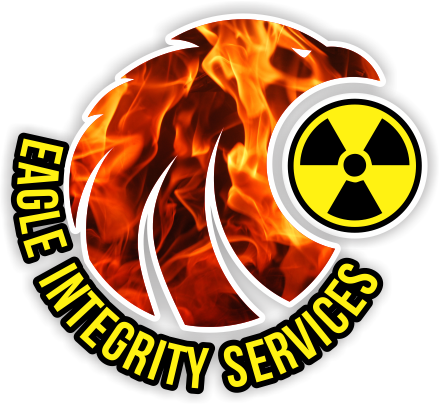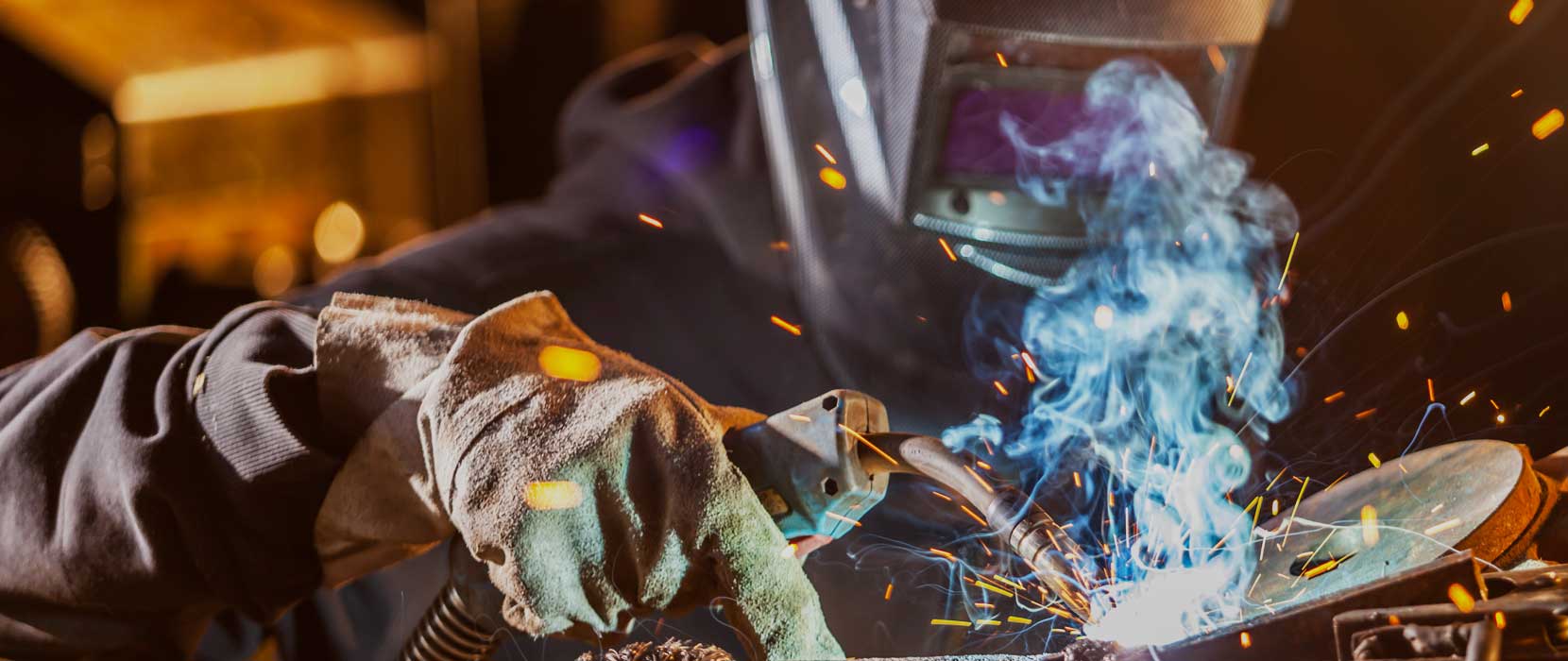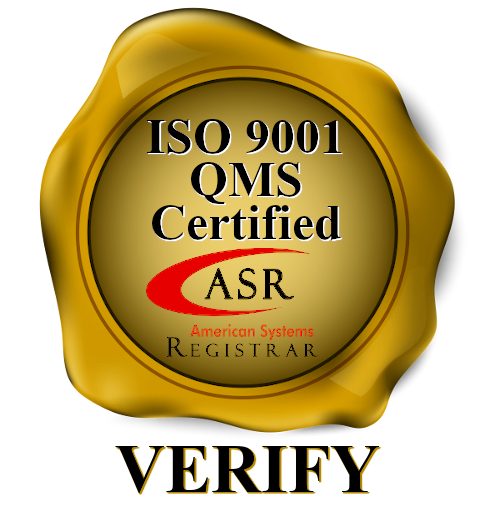Pre Post and Stress Relieving – Heat treatment
Heat Treatment is the controlled heating and cooling of metals to alter their physical and mechanical properties without changing the product shape. Heat treatment is sometimes done inadvertently due to manufacturing processes that either heat or cool the metal such as welding or forming.
EIS offers the following Heat Treating methods:
Post Weld Heat Treatment,
Pre-Heat,
Normalizing and Quenching to name a few.
We pride ourselves in employing only trained professionals with a minimum of 3 years experience to ensure the highest quality and complete satisfaction for our clients.
Without preheat, the thermal strains set up during welding of a complex fabrication can crack the weld. Thermal strains are Hot spots in short.
Above 12.5mm thick, carbon steel is usually preheated as a protection against the high thermal conductivity of steel. This is particularly acute on thicker sections of plate when the heat of the welding arc is taken away very rapidly by the mass of metal adjacent to the weld preparation. In the case of copper and aluminium alloys, the higher thermal conductivity (the ability to let heat flow easier through the material) of these metals also makes it essential to apply a pre-heat to avoid the loss of heat from the weld area.
Preheat retards the formation of undesirable metallurgical structures having high hardness and susceptibility to cracking.
Preheat increased the diffusion rate of hydrogen and facilitates its removal from a welded joint. Hydrogen promotes cracking. Porosity is formed when Oxygen is present in the weld pool. Once a pore is formed the possibility exists that hydrogen can move into these areas, which can then result in a crack.
Preheat drives off moisture, which is harmful if present when a weld is deposited. The weld arc breaks down the water into its base elements, hydrogen and oxygen, which is harmful to any metal in its molten state. Atomic hydrogen produced from the moisture at the arc diffuses into the weld, goes into solution and settles in the structural voids. If the metal cools rapidly not all the hydrogen is absorbed, the hydrogen defuses into the heat affected zone of the parent metal, which in turn leads to Hydrogen induced or cold cracking.
Throughout the world there is a growing realisation that thought has to be given to preheat when welding low alloy steels. It has been proven time and again that controlled electrical preheat is the best insurance for depositing a sound weld. Compared with mind steel, most alloy steel have the advantage of higher strengths at high and low temperatures and higher notch toughness. The higher notch toughness and yield strength permits the use of higher working stresses and hence lighter sections. The steels, however, suffer from the disadvantages of a higher initial cost and a need for very much greater care in the specification of welding procedures. The main difficulty in welding these steels, particularly in large sections, is the susceptibility to cracking adjacent to the weld bead in the region where the microstructure of the steel has been modified by the heat input of welding. This area is known as the heat-affected zone (HAZ). These cracks are heat Affected Zone cracks. The result is almost complete separation of a joint. The crack may not break the surface and may not be detected unless the weld has been subjected to Non-Destructive Testing.
AVOIDING CRACKING:
• The steel composition.
• The thickness of the joint and the type of joint.
• The type of electrode and welding process.
• The energy input generated by the welding process.
• The preheat temperature applied and the accuracy for the preheat conditions.
• The intermediate stress relief operations during the build-up of the weld.
Cracking can occur when the heat affected zone cools to near ambient temperature. This heat-affected zone is comparatively harder and is formed during the welding process. It can also contain a concentration of hydrogen, which results, possibly, from moisture in the coating of the flux used in the welding operation. The force, which actually cracks the weld, is stress set up by the welding operation and is referred to as the welding residual stress.
The term Stress Relief is really a misnomer. The correct terminology is post-weld heat treatment (PWHT), as heat treatment provides something more than just a basic relief of stresses. The shortened term “Post-weld” is now generally used instead of “Stress Relief” and “Post-Weld Heat Treatment”. High-level residual stresses can occur in weld-metal due to the restraint by the parent metal during weld solidification. Exactly the same situation is observed in castings, in as much that a pool of molten metal is formed. This pool quickly solidifies and contracts. The parent metal opposes this contraction with a result that both the plate and the weld are stressed. These stresses may be as high as the yield stress of the material itself. When combined with normal load stresses these may exceed the design stresses.
Caution should always be taken to avoid excessive temperature differentials during local preheating since high stresses can develop, resulting in distortion and broken tack welds. On completion of the welding operation on complex structures, the preheating equipment should be used to bring down the structure gradually to ambient temperature. Rapid cooling should be avoided at all costs.
FEATURES OF POST WELD HEAT TREATMENT
Five aspects of post weld heat treatment must be addressed:
The hot zone should be adequate to raise the element to the required temperature (heating Rate) and provide a uniform temperature profile to avoid creating additional undue thermally induced stresses. This aspect has greater significance in localised heat treatments, but nevertheless must also be considered in furnace heat treatments.
The heating and cooling rates should be at least compliant with the necessary code requirements. These rates will indicate absolute maximum values. The rates are calculated from simple formula related to component thickness and offer protection against thermally induced stresses. With thicker and more complex structures an experienced heat treatment engineer may wish to consider lower rates than what’s required by the code to ensure acceptable temperature profiles and gradients, with a view to keeping thermally induced stresses to an absolute minimum.
In localised heat treatment, the temperature gradients away from the hot zone should not be unduly severe; again the objective being minimisation of thermally induced stresses. The soak temperatures should be held within the upper and lower limits of the soak range for the appropriate time.
The heat treatment system (including insulation), zonal division and number of thermocouples should be such that the energy input and level of control are capable of enabling these objectives to be met, ensuring that the integrity of the overall structure is not jeopardised.
In local heat treatments, controls have to be implemented to give assurance that the engineered systems can provide a suitable performance.
Post-Weld Heat Treatment therefore provides:
• More ductility in the weld metal and a lowering of hardness.
• Improved resistance to corrosion and caustic embrittlement.
• Improved Machining stability










